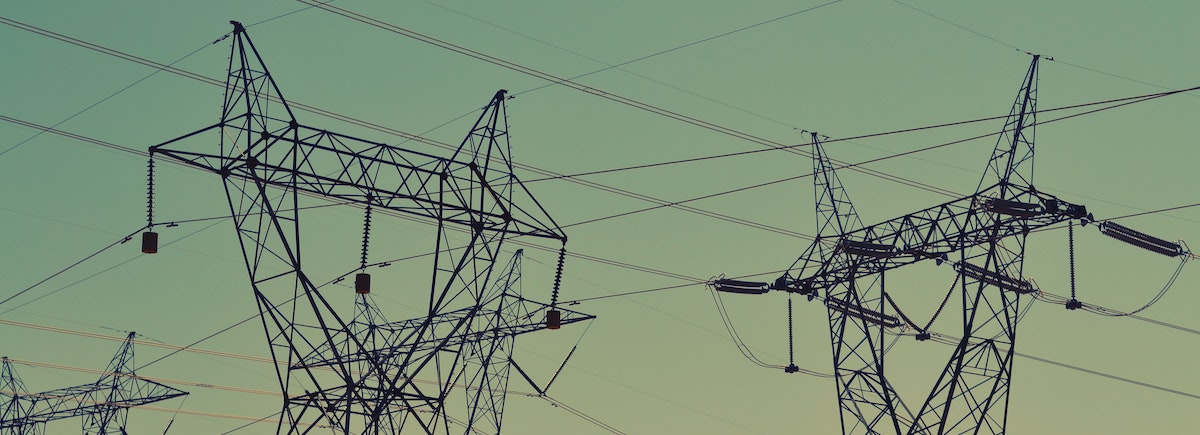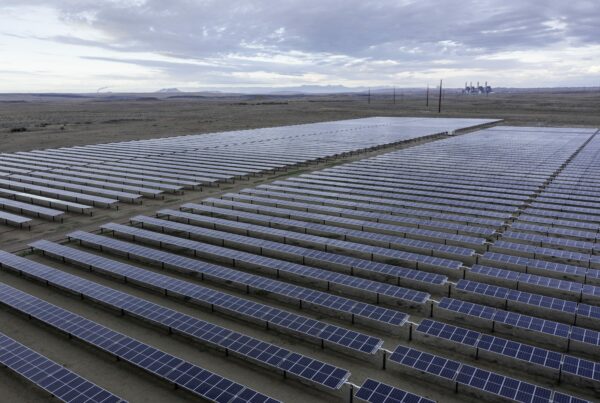Electricity customers across Southwest Colorado have the opportunity this month to provide feedback about the future of our electricity supply.
The Colorado Public Utility Commission is reviewing plans for long-term electric generation resources put forth by Tri-State Generation and Transmission, the supplier to La Plata Electric Association and other rural electric cooperatives.
LPEA and neighboring co-ops purchase 95% of their electricity from Tri-State under long-term contracts currently running until 2050. Thus Tri-State’s plan for how and where it generates electricity directly impacts our community goals for moving toward cheaper renewable energy sources.
Right now, Tri-State generates at least half its electricity by burning coal. Over the next decade, Tri-State plans to retire some of its coal-burning assets and replace those with wind, solar or natural gas. How much and how fast that happens is up for debate in Tri-State’s Electric Resource Plan submitted for review to Colorado utility regulators.
Tri-State relies on coal burned at power plants in Craig as well as in Arizona and Wyoming. The Craig power plant consists of three large units each over 400 megawatts. Tri-State shares ownership in units 1 and 2 with Xcel and others, and those are scheduled to close by 2025.
The bigger question is the fate of Craig Unit 3, which Tri-State entirely owns. Should it close in 2030, as Tri-State now intends, or can that date be accelerated both for the climate benefits of reducing emissions sooner plus the consumer benefits of converting to much cheaper renewable energy sources. Modeling by some conservation groups claims closing Craig Unit 3 sooner than 2030 could save consumers upward of $40 million.
Colorado has adopted a goal of cutting carbon emissions from in-state electric utilities by 80% by 2030, a goal shared by Tri-State. Hence while the Craig coal-fired units might close by 2030, people want to ensure that out-of-state coal plants in Arizona and Wyoming are not simply inserted in lieu of the Craig plants.
Tri-State owns all of the 400-megawatt coal-fired Springerville Unit 3 in Arizona as well. The same arguments are being made for early closure of this plant too, with the same cost savings and climate benefits as would accrue from closing Craig Unit 3 early.
Utility regulators can also factor in the need to provide economic assistance to communities like Craig that are losing coal jobs. Tri-State closed a smaller coal-fired plant in Nucla in western Montrose County in 2019, and community leaders there feel completely abandoned by Tri-State. They think Tri-State bailed on short notice, and provided only miserly help after the fact. Rather than repeat those mistakes in Craig, it’s important to build into the electric resource plan requirements to soften the blow to a local economy so heavily dependent on coal as is Craig.
Tri-State got a slow start on energy transition. While most other utilities were promptly transitioning from coal, until a few years ago Tri-State was still heavily invested in pushing to build yet another coal-fired power plant in Kansas. The $100 million poured down the drain in that failed effort weighs heavily on Tri-State’s balance sheet today.
Can Tri-State move to cheaper, renewable sources fast enough to satisfy the demands of its largest member cooperatives, LPEA among them? Or will co-ops figure they can more nimbly and effectively meet their own electricity generation than can a lumbering behemoth like Tri-State?
The Colorado Public Utility Commission process for public engagement can be intimidating at best. But individual comments are welcome, submitted to dora_puc_website@state.co.us, with reference to docket number 20A-0528E. The entire electric resource plan and associated documents are on file at the PUC.
This content first published in the Durango Herald here.



